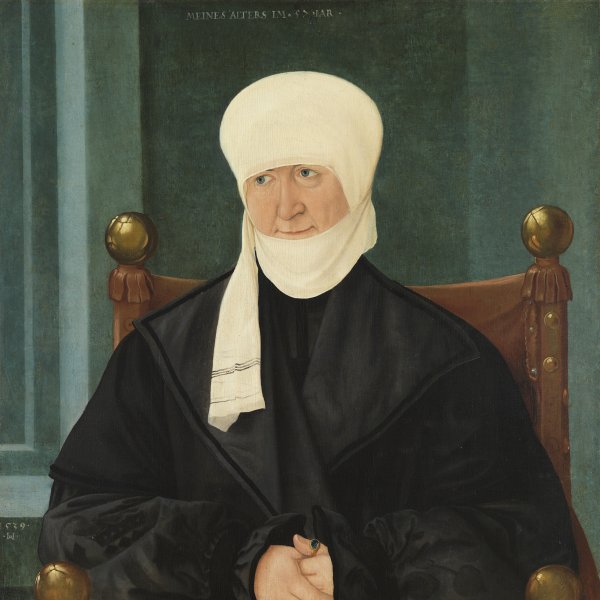Hans Mielich
Mielich was a German painter and illuminator. A Self-portrait by the artist at the age of fifty-five, dated 1571, allows us to establish the year of his birth as 1516. Mielich was one of the leading Munich painters, executing religious compositions, portraits and manuscript illuminations. He may have first trained with his father, Wolfgang, then in 1536 moved to Ratisbon to continue his studies with Albrecht Altdorfer. His contact with the latter was fundamental for his evolution as a painter, in particular Altdorfer’s use of colour, as Mielich’s early works reveal. On his return to Munich, Mielich became court painter to Duke William IV of Bavaria, succeeding Barthel Beham after that artist’s death. In 1541 the Duke sent him to Italy to continue his studies. There, Mielich encountered the great works of the Renaissance and in particular the art of Michelangelo, which profoundly influenced his later style.
Among Mielich’s first paintings are The Crucifixion (Niedersächsisches Landesmuseum, Hanover) and The Mount of Golgotha (Real Academia de Bellas Artes de San Fernando, Madrid). In 1543 Mielich was master of the painters’ guild in Munich, while in 1549 he executed a print of The Siege of Ingolstadt. His portraits reveal the influence of Beham and are his most important works, manifesting an increasing interest in the inclusion of landscape backgrounds. Among the most important are the full-length images of Albrecht V of Bavaria and his wife Anne of Austria (Kunsthistorisches Museum, Vienna). Few examples of Mielich’s religious paintings survive, one of which is an altarpiece in the Frauenkirche in Ingolstadt which has a markedly Counter-Reformation iconography. Within his activities as an illuminator, two important volumes were the Motetten by Cyprian de Rore and the Busspsalmen by Orlando di Lasso. In addition to his work for the Duke of Bavaria, Mielich also received numerous commissions from wealthy citizens of Munich. He died there in 1573.




